Search
Search Results

Definition
Alfred Rosenberg
Alfred Rosenberg (1893-1946) was an Estonian-born Nazi who propounded anti-Semitic racial theory and anti-Christian values. Rosenberg's theories matched those of the leader of Nazi Germany Adolf Hitler (1889-1945) and were used to justify...
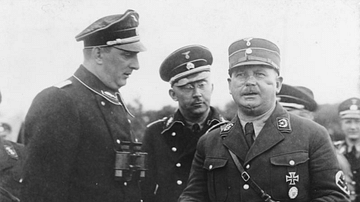
Definition
Night of the Long Knives
The Night of the Long Knives (aka Blood Purge or Röhm-Putsch) of 30 June 1934 was a purge of the Nazi Sturmabteilung (SA) paramilitary group which continued through 1 and 2 July. Adolf Hitler (1889-1945), wary of the growing power of the...
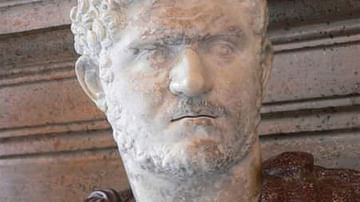
Definition
Caracalla
Caracalla was Roman emperor from 211 to 217 CE. Born Lucius Septimius Bassianus, son of Septimius Severus and Julia Domna, he became co-ruler with his father in 198 CE and sole ruler after the death of his father in 211 CE and of his brother...
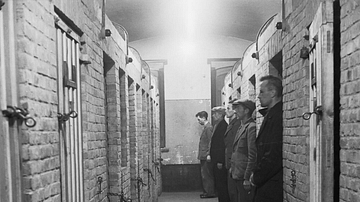
Definition
Gestapo
The Gestapo was the secret political police organisation of Nazi Germany. Created in 1933, the Gestapo became one of the most feared instruments of state terror, its members having few or no legal restrictions to their actions. The Gestapo...
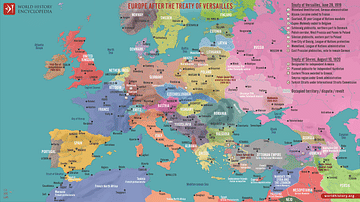
Definition
League of Nations
The League of Nations was founded in January 1920 to promote world peace and welfare. Created by the Treaty of Versailles, which formally ended the First World War (1914-18), the League provided a forum where nations promised to resolve international...
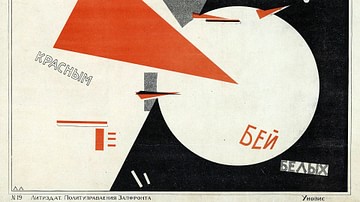
Image
Beat the Whites with the Red Wedge
Beat the Whites with the Red Wedge, a lithograph propaganda poster by Soviet artist El Lissitzky, 1920. In the poster, the red triangle represents the Bolsheviks and the Red Army penetrating and defeating the White movement, their opposition...
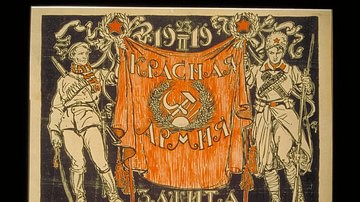
Image
Red Army Poster
A lithograph propaganda poster encouraging support of the Red Army by an unknown artist, 1919. The poster features two figures: on the right a soldier in a cossack-style hat and coat, holding a rifle, and on the left a proletarian worker...
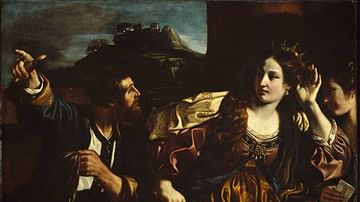
Article
Sammu-Ramat and Semiramis: The Inspiration and the Myth
Sammu-Ramat (r. 811-806 BCE) was the queen regent of the Assyrian Empire who held the throne for her young son Adad Nirari III (r. 811-783 BCE) until he reached maturity. She is also known as Shammuramat, Sammuramat, and, most notably, as...

Article
Mythological Re-Enactments in Ancient Roman Spectacle
To this day the ancient Romans remain infamous for their dramatic use of spectacle and other forms of entertainment. A lesser known variation of Roman spectacle is the mythological re-enactments that took place during the ludi meridiani (midday...

Article
The Battle of Actium: Birth of an Empire
The battle of Cynoscephalae in 197 BCE concluded the Second Macedonian War (200-197 BCE) and consolidated Rome's power in the Mediterranean, finally resulting in Greece becoming a province of Rome in 146 BCE. This engagement is sometimes...